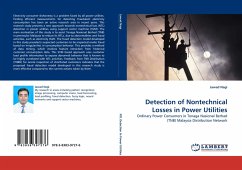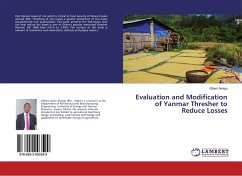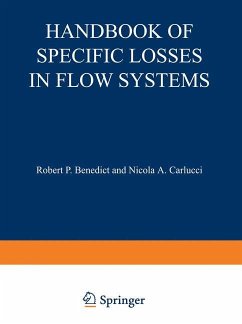
Detection of Nontechnical Losses in Power Utilities
Ordinary Power Consumers in Tenaga Nasional Berhad (TNB) Malaysia Distribution Network
Versandkostenfrei!
Versandfertig in 6-10 Tagen
52,99 €
inkl. MwSt.

PAYBACK Punkte
26 °P sammeln!
Electricity consumer dishonesty is a problem faced by all power utilities. Finding efficient measurements for detecting fraudulent electricity consumption has been an active research area in recent years. This research study presents a new approach towards nontechnical loss (NTL) detection in power utilities using support vector machine (SVM). The main motivation of this study is to assist Tenaga Nasional Berhad (TNB) in peninsular Malaysia to reduce its NTLs, due to abnormalities and fraud activities, such as electricity theft. The fraud detection model developed in this study preselects susp...
Electricity consumer dishonesty is a problem faced by all power utilities. Finding efficient measurements for detecting fraudulent electricity consumption has been an active research area in recent years. This research study presents a new approach towards nontechnical loss (NTL) detection in power utilities using support vector machine (SVM). The main motivation of this study is to assist Tenaga Nasional Berhad (TNB) in peninsular Malaysia to reduce its NTLs, due to abnormalities and fraud activities, such as electricity theft. The fraud detection model developed in this study preselects suspected customers to be inspected onsite fraud based on irregularities in consumption behavior. This provides a method of data mining, which involves feature extraction from historical customer consumption data. This SVM based approach uses customer load profile information to expose abnormal behavior that is known to be highly correlated with NTL activities. Feedback from TNB Distribution (TNBD) for onsite inspection of shortlisted customers indicates that the proposed fraud detection model developed in this research study is more effective compared to the current actions taken by them.












